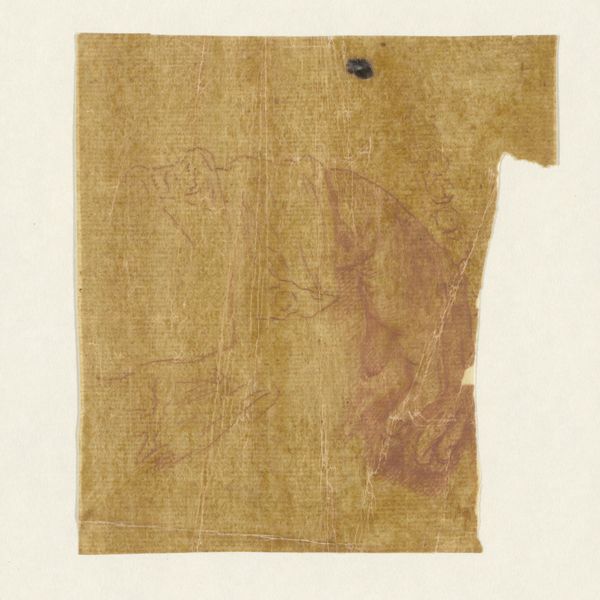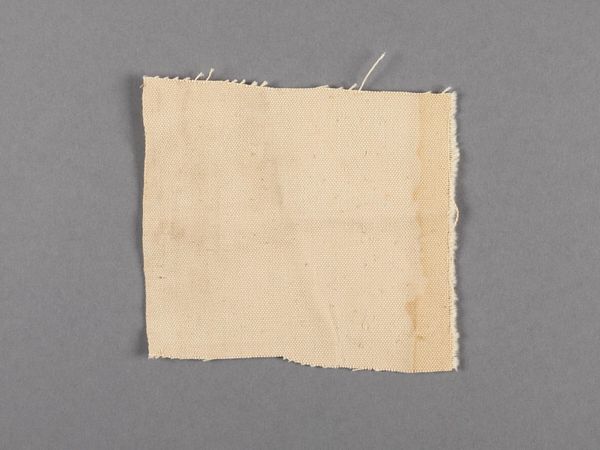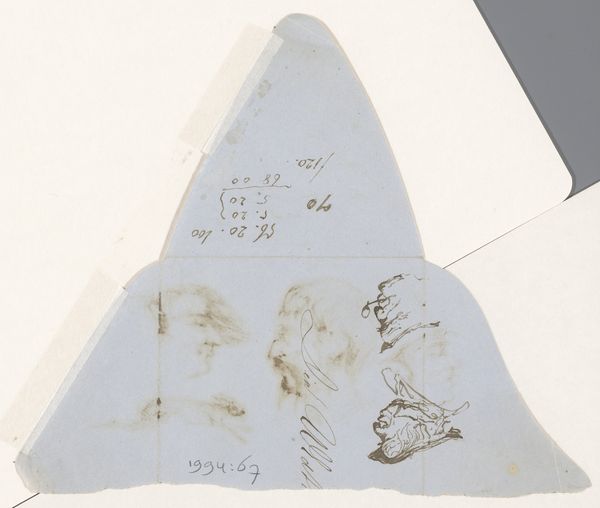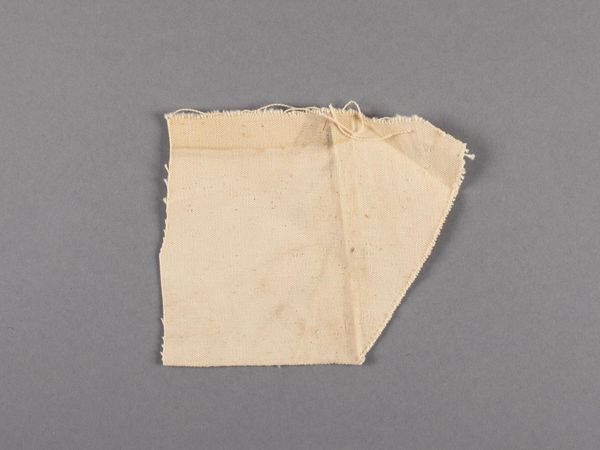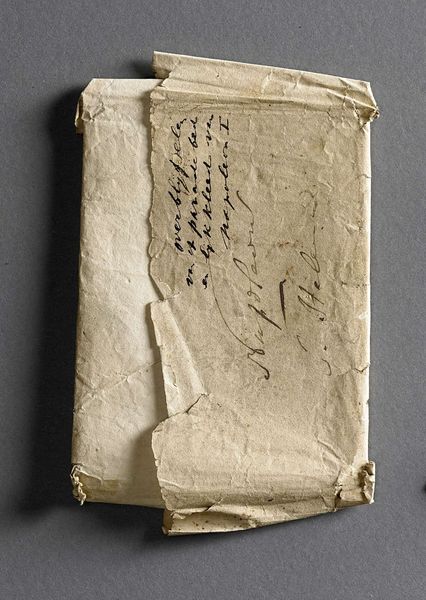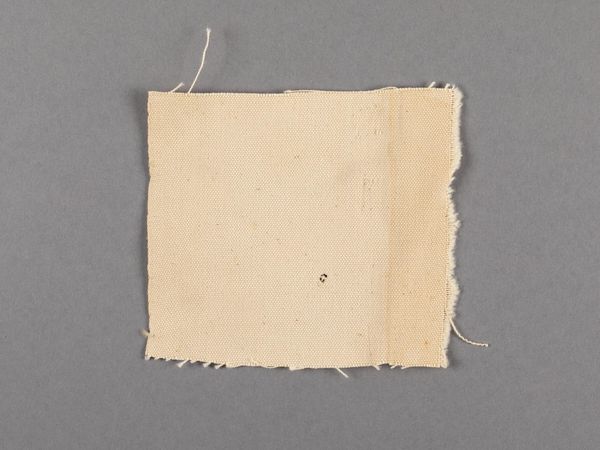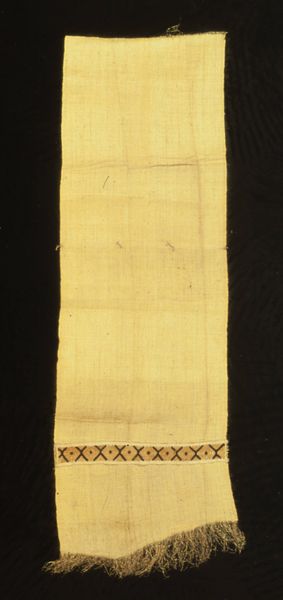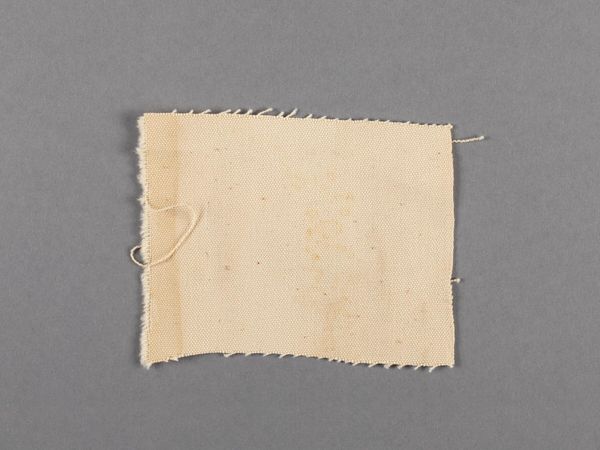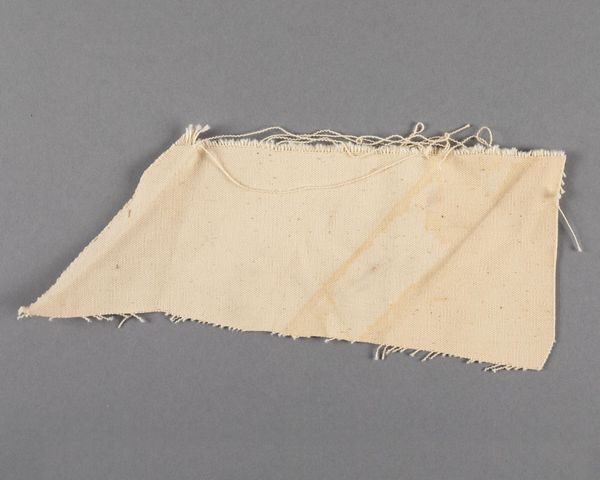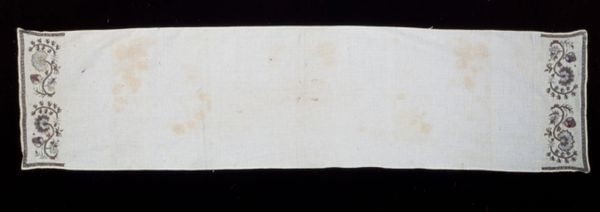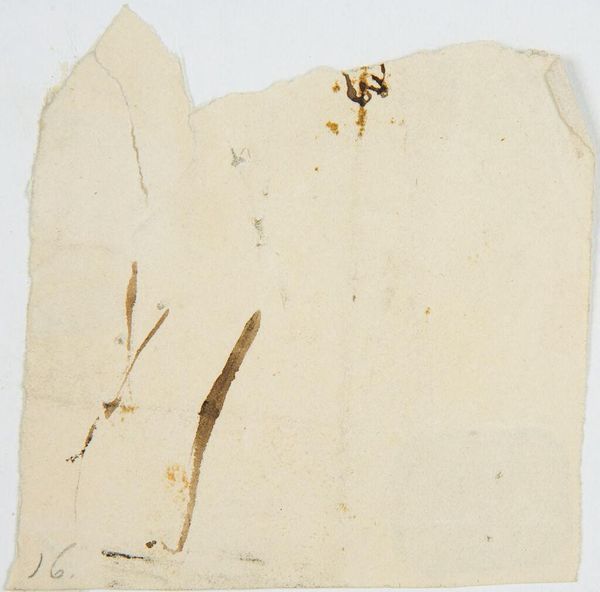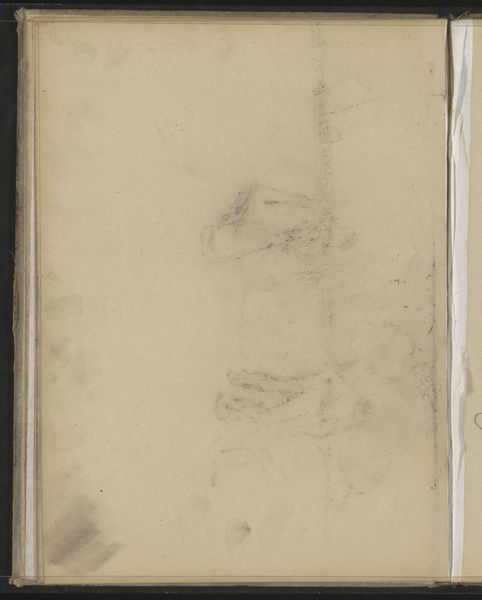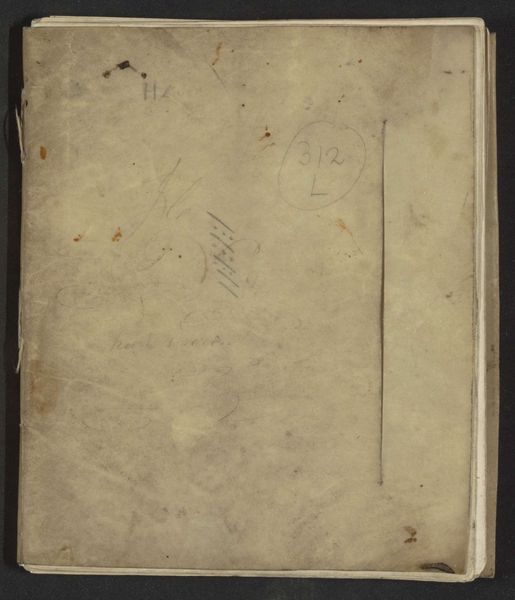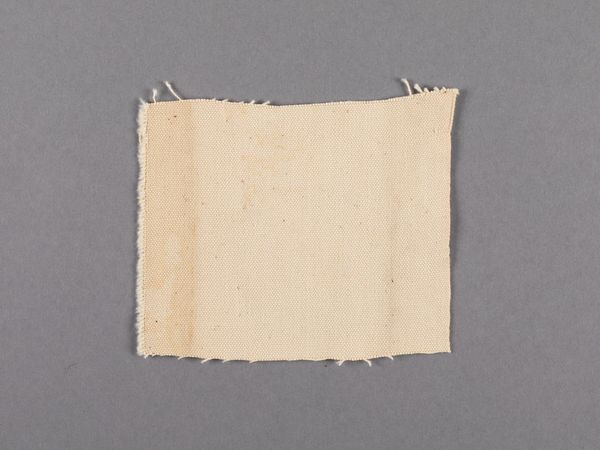
Wall clock-thermometer (pendule et thermomètre en cartel) 1764 - 1770
0:00
0:00
drawing, paper, ink, sculpture, pencil
#
drawing
#
paper
#
ink
#
sculpture
#
pencil
#
decorative-art
Dimensions: Overall: 40 1/2 × 11 × 3 3/8 in. (102.9 × 27.9 × 8.6 cm)
Copyright: Public Domain
Editor: Here we have Claude-Siméon Passemant's design for a "Wall clock-thermometer," created between 1764 and 1770. It combines drawing and sculptural elements using ink, pencil, and paper. What catches my eye is the interplay between precision and spontaneity in this preliminary sketch. What compositional elements stand out to you? Curator: The interplay of geometric forms is compelling. Consider the stark contrast between the rigid, almost architectural lines of the clock's frame, against the freehand quality of the inscriptions. Note the negative space, how it articulates the object’s intended form. The balance, though asymmetrical, is quite deliberate. Editor: Deliberate, but seemingly unfinished? There’s something about the sketch-like quality that keeps me wondering about the final product. Curator: Precisely! The ‘unfinished’ aspect isn’t a deficiency, but an intentional gesture. Passemant isn't simply representing an object; he's exploring its potential, documenting a stage in its becoming. Consider the lines – each one is a proposition, a possible trajectory for the final form. What does that suggest about Passemant's process? Editor: It reveals a dynamic and exploratory way of designing. The structural underpinnings become the art. Now that you mention it, the use of line makes it seem as though we’re seeing both the blueprint and the artistic expression simultaneously. Curator: An astute observation. It compels us to analyze not only the 'what' – the clock and thermometer – but also the 'how' – the evolution of its design. This, in turn, reflects the broader Enlightenment preoccupation with reason and the underlying mechanisms of nature, as displayed through measuring devices. Editor: That’s fascinating. I didn't initially consider how the design process itself is a reflection of its time. It seems looking beyond the aesthetic into structural and procedural elements has revealed a completely new dimension. Curator: Indeed. It underscores the value of formal analysis. A work of art often speaks volumes about its conception.
Comments
No comments
Be the first to comment and join the conversation on the ultimate creative platform.
